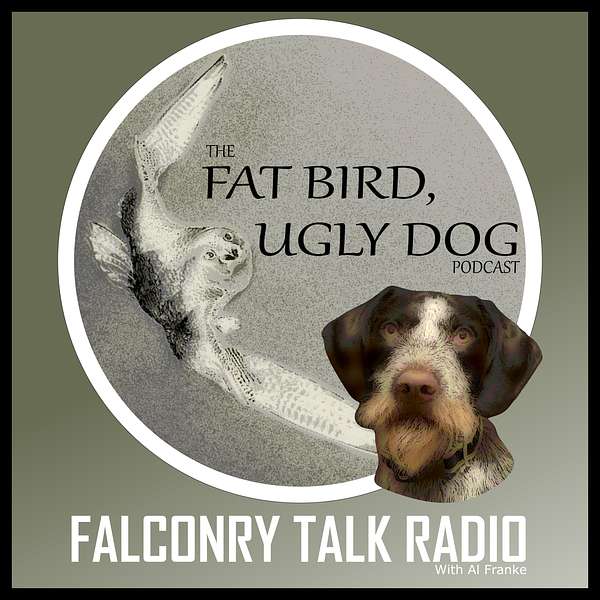
The Fat Bird, Ugly Dog Podcast
The goal of this podcast is to present alternate viewpoints on falconry. Topics covered range from training philosophy, husbandry, and health of birds and bird dogs to conservation and management of raptors, their main prey species, and the respective habitat that they rely on. In addition, I’ll cover-off themes related to hunter ethics, fair chase, and access to public and private land. I’ll outline efforts that falconers can make to contribute to all of these topics of conversation.
The Fat Bird, Ugly Dog Podcast
38. Kent Carnie on "The Twelve Turbulent Years" (Part 1)
In this episode Kent Carnie, Curator Emeritus of the Archives of Falconry, joins me to discuss an account he has written which he refers to as an “eventful period during which American falconry evolved”, and our sport “came of age”. That period spans the years from 1965 until 1976, and is what Kent refers to as “The Twelve Turbulent Years”. The objective of this episode is to detail highlights that transpired during that time frame.
Kent provides a nice description of the background that gave rise to North American Falconry, and highlights the landmark event responsible for describing the magnitude of the decline of the peregrine falcon at the 1965 conference in Madison, Wisconsin, organized by Joseph Hickey.
Kent tells us that by 1966 the preservation lobby was looking to lay the blame for declining peregrine populations somewhere; falconers and falconry were easily identifiable as the de facto cause. Kent Tell us about NAFA’s response and in particular, Fran Hamerstom’s warning that American falconry was tied closely to the fate of the peregrine falcon.
1967 saw the National Audubon Society become involved, also raising concern that falconry posed a threat to the well-being of raptors. Kent details how NAFA responded to the concerns expressed by the Audubon Society, an in particular, the communications that occurred in the fall of 1968 between Roland Clement of the Audubon Society and NAFA representatives.
1969 looked grim for peregrine falcon populations, and again falconers were front and center of the efforts to assess and reverse the apparent declines. Kent steps us through the events that occurred at the Audubon-sponsored "Meeting Concerning the Conservation of North America Falcons" in March of 1969, and then explains decisions that were made at the November symposium that focused of the status of peregrine falcon populations and availability of birds to falconers.
1970 was a pivotal year in the efforts to avoid over-reach due to the Endangered Species Act, and vilification of falconry and falconers due to a self-inflicted misstep that literally left the existence of falconry in jeopardy. Kent leads us through the circumstances that unfolded and explains what NAFA did to mitigate the fallout for falconry.